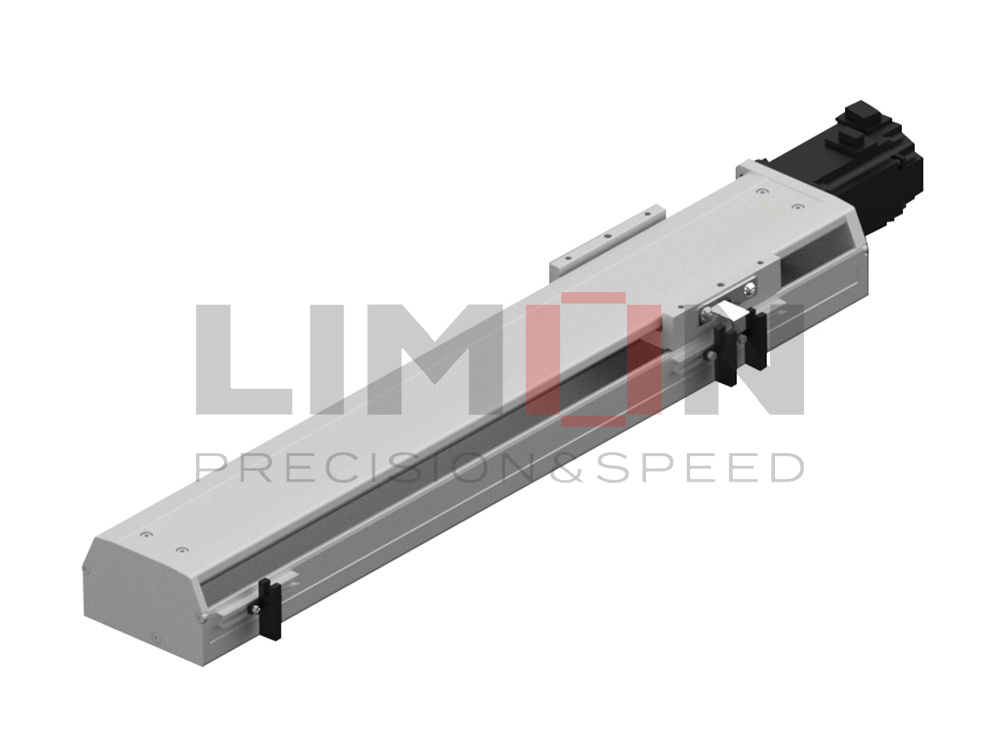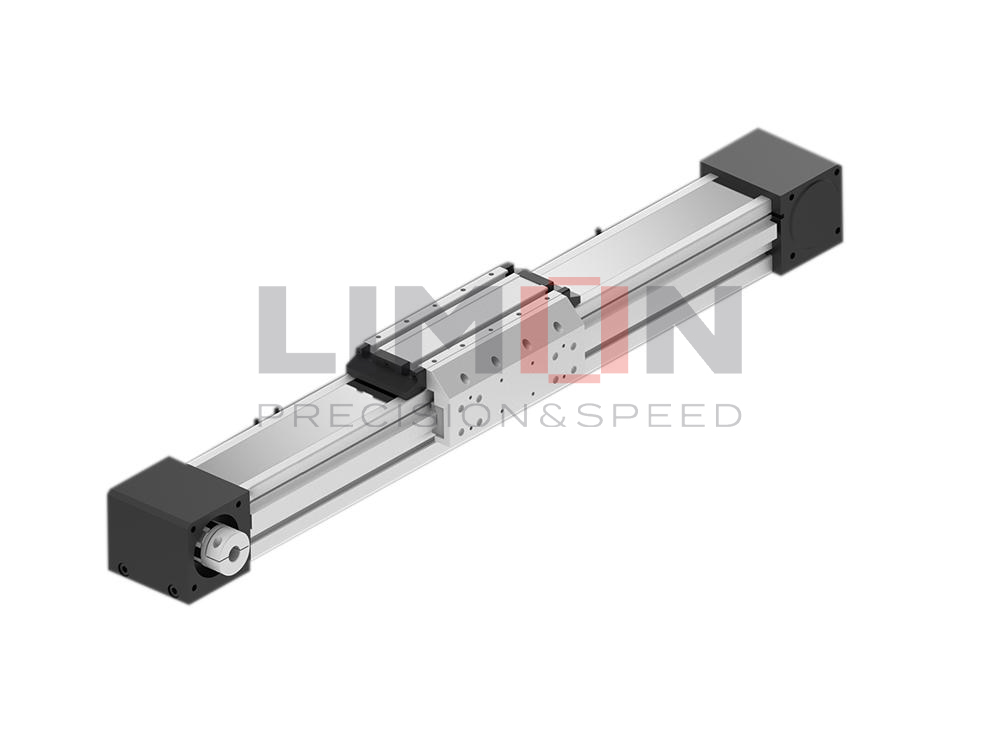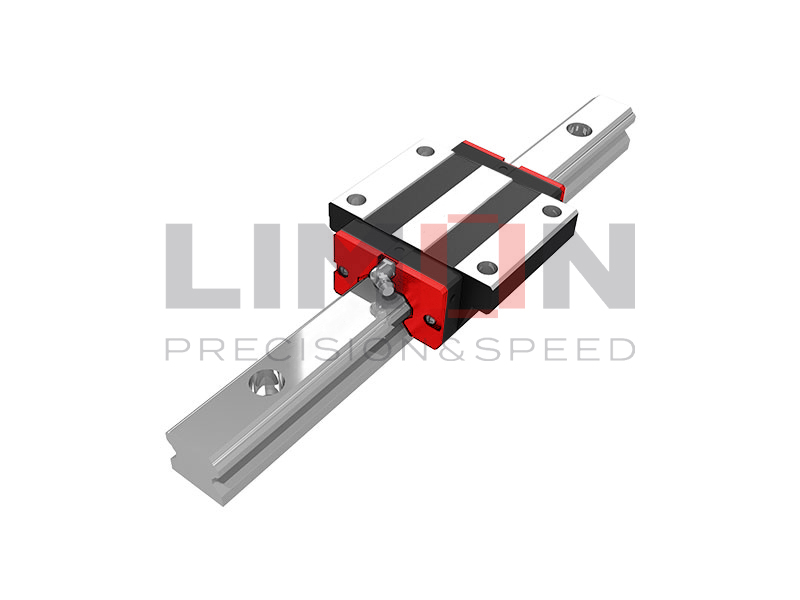Ignoring speed limitations of ball screws can cause vibration, overheating, and catastrophic failure. Understanding speed ratings ensures reliable performance and prevents costly downtime.
Ball screws operate within defined speed limits—critical speed, maximum speed, and driving speed. Each plays a vital role in determining performance, efficiency, and service life in precision applications.
Let’s now break down the three speeds of ball screws to guide your application design.
Comparison Table Of Ball Screw Speeds
| Speed Type | Definition | Key Influencing Factors | Solutions / Design Considerations |
|---|---|---|---|
| Critical Speed | Speed at which resonance occurs, causing vibration and instability. | Screw length, diameter, support condition, stiffness | Increase screw diameter, improve end support, shorten screw length |
| Maximum Speed | Highest practical speed limit before heat, lubrication, or nut design fails | Lubrication, preload, lead angle, thermal conditions | Use cooling, optimize lubrication, select high-speed designs |
| Driving Speed | Safe operating speed balancing performance and durability | Application type, duty cycle, load, accuracy required | Adjust to application, follow manufacturer’s recommendations |
Critical Speed
Critical speed is the rotational speed at which a ball screw begins to resonate. Resonance occurs when the screw’s natural frequency matches the operating frequency, creating excessive vibration. This phenomenon can cause severe instability, loud noise, accelerated wear, and even catastrophic mechanical failure if ignored.
Critical speed depends on several factors including the screw’s length, diameter, end support conditions, and material stiffness. Longer screws with less support tend to have lower critical speeds, while shorter, stiffer screws can withstand higher speeds. Engineers must carefully calculate critical speed to ensure that the operating range remains safely below this threshold.
Manufacturers typically provide critical speed charts to help designers. For higher-speed applications, design modifications like using larger diameters, selecting screws with better end supports, or splitting long screws into multiple shorter assemblies can raise the critical speed. Monitoring during operation is also essential to avoid operating too close to resonance conditions.
Maximum Speed
Maximum speed refers to the upper operational speed limit of the ball screw system, dictated by the design, lubrication, and thermal conditions. Unlike critical speed, which is a structural limitation, maximum speed is a practical constraint based on heat generation, lubrication effectiveness, and nut design.
When the screw rotates too quickly, friction generates excess heat in the ball nut and bearings. If lubrication breaks down under these conditions, surface damage such as pitting or galling may occur. Maximum speed ensures that the system operates within safe thermal boundaries while maintaining efficiency.
Factors affecting maximum speed include lead angle, preload levels, and the quality of the lubrication system. High-speed designs often incorporate cooling mechanisms, optimized recirculation paths, and specialized lubricants. By respecting maximum speed limits, operators can prevent overheating, reduce downtime, and extend service life.
Driving Speed
Driving speed is the practical operating speed that balances system performance with safety and longevity. It represents the average speed at which the ball screw should run under normal working conditions without exceeding design limitations.
Unlike maximum or critical speed, driving speed is usually application-specific. For example, in CNC machinery requiring precision cuts, slower driving speeds may be chosen to ensure accuracy and surface finish. In contrast, pick-and-place automation might operate near higher driving speeds to maximize throughput.
Driving speed is often determined by considering duty cycle, load requirements, positional accuracy, and thermal management. Maintaining driving speeds within recommended ranges ensures smooth motion, reduced vibration, and consistent accuracy. Operators should always consult manufacturer guidelines and adjust speeds depending on environmental factors such as temperature, contamination, and duty load cycles.
Conclusion
Ball screw speeds—critical, maximum, and driving—define safety, efficiency, and performance. Understanding and applying them correctly ensures durability and precision.For further questions please contact [email protected]




